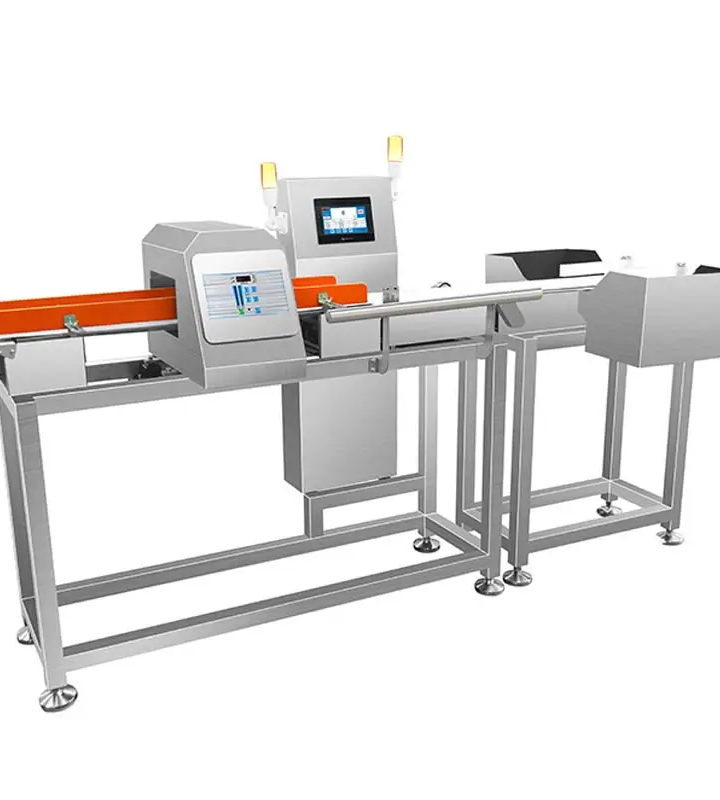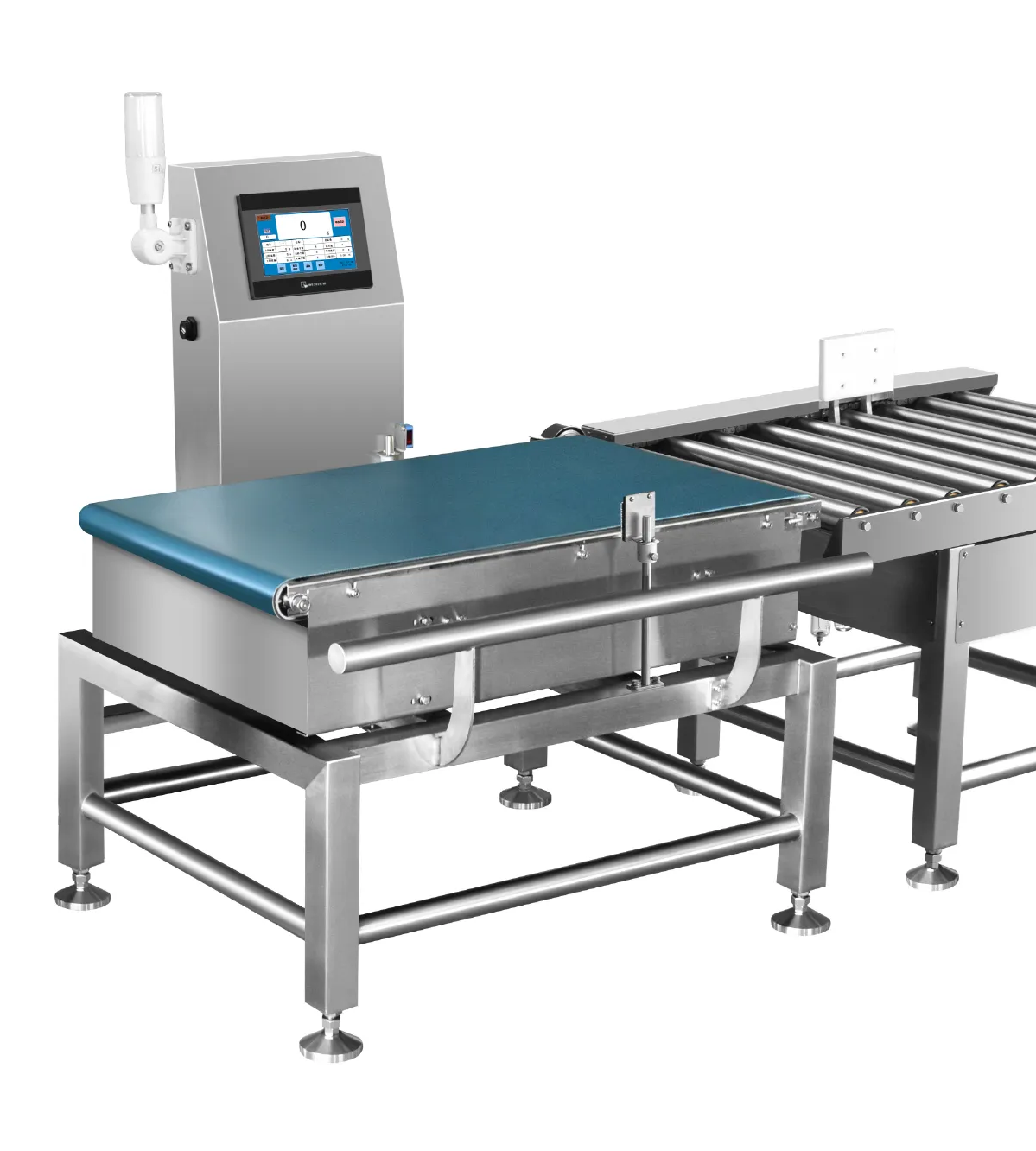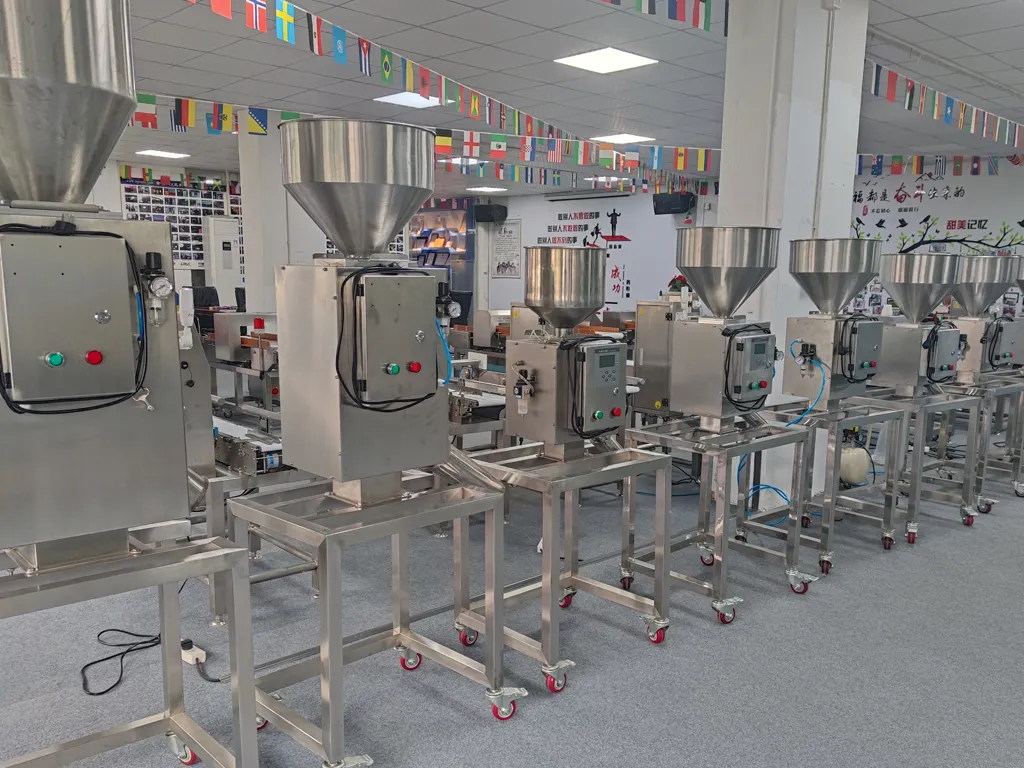
Tá muidhneálta soirt Ywan Test cruthaithe chun oibríocht logisticiúil a shimpliú. Mar chéadaithe sa réims, tugaimid scagaire soirt chóstaigh atá brabhsaithe le luas agus fíorán. Is féidir íoctha a dhéanamh ar ár n-ábhar, mar gheall air sin is maith iad do phríomhshructúirí den chéad scoth ag lorg cúnamh i gcás soirtithe.

Infheistíocht a dhéanamh Ywan Test machanáireacht soirtiúcháin loistreachta a roghnú, é sin a thabhairt faoi ghlas, is cinnteach go dtiocfaidh sé le cúnamh idir láithiúil. Tar éis dul i gcás, bíonn buntáisteanna leathana againn, lena n-áirítear tarraingt níos mó, mímistí níos lú, agus costais oibriúla níos íochtaracha. Le Ywan Test, is féidir leat do chosán fo-tharraingt a fheabhsú agus tuiscint na ngairmithe a fheabhsú. Ná caill an deis do chuid oibríochtaí loistreachta a athrú.

San domhan B2B meachlara, tá comhalta dearfach ceannasach. Ywan Test is é sin an chomhalta, ag soláthar rang machanaim sórtálaí cruthaithe go spéisíte do chuid riachtanais féin. Tá ár ngrúpa eispéireachta ar fad ar fáil chun tacaíocht agus treoir a chur ar fáil, cinntiú go bhfaighfidh tú an buachaill as do chiste. Roghnaigh Ywan Test don chuí céime agus toradh bródúil.
Is ínstrúidh éileamhach é an tSeistéar Sorghála Pacáiste Iarthréalaíochta Ywan Test chun bheith in ann feabhsuithe a thabhairt don phróiseas stoc. Bíonn úsáid agár na n-iomraí sorghála lochlainneach de théicniúlacht láidir chun pacáin a shorcháil go tapaidh agus glan. Trí bhunú ár n-imeartha, is féidir leat earráidí anáird a ligeadh agus an fheidhm chuig chead a fheabhsú ar fad do na phrósais sorghála.
Tá spriocanna ordaitheoireachta saorátha Ywan Test cruthaithe don fhréamh agus don phrionsabal i ngnáthphobail táscraíochta. Tá an mála logisticiúil ordaithe agam féin óga le comhponnta láidre agus le teicneolaíocht éifeachtach chun tascanna éagsúla ordaitheoireachta a bhainistiú go hiomlán. Roghnaimid chórais ordaitheora logisticiúla saincheaptha a chur isteach chun fiúntas agus cinntiúchán fada tréimhse a sholáthar.

Guangdong Yiwan Testing Technology Co., Ltd., atá suite i bPlean Dóngguān, bíonn aitheantas trasport straitéiseach acu. Mar chuideachta iomlán a mhaireann éagsúlacht de shainchearta, R&D, réitigh agus seirbhís, speisialaímid i bhfabhrac agus i mbrabhsáil roinnt nídle, meascán comhéigeantais, dtectálaithe fiota níd, soirt ród, agus mackíní scórála cuideachta.
Tá hiotalasraithe Ywan Test cruthaithe chun scagaire leathan a phróiseáil, lena n-áirítear pacáistí, pacaí, boscaí agus níos mó. Is féidir leo dul i ngleic le méidí éagsúla, cumaí agus cuimseálacha, agus sinne a dhéanamh acu ceaptha do fheidhmchláir logadachta éagsúla.
Tá séansanna den scoth agus algorithmaí réadúla ag úsáid ag Ywan Test chun an leibhéal is airde deisbhéil a chinntiú sna hiotalasraithe againn. Tá na hiotalasraithe testithe go cúramach agus calibráilte chun earráidí a laghdú agus chun ama lánúin ordaithe a fheabhsú.
Is féidir leat comhaid sochtheoraithe Ywan Test a chur i gcás go soiléiri le do chóras bunaithe ar stoc. Tabharfaidh ár gcomhthuiscint eispéirisí leat chun cinntiú faoin phróiseas saincheaptha agus configúrála éifeachtaí.
Tugann Ywan Test tacaíocht iomlán tar éis de bhrath, a chomhluaíonn seirbhísí thógála, fothbun beartais, agus cabhrú teicniúil. Ár sprioc ná bíonn an-tacaíocht againn chun cinntiú go mbeidh do chomhad in iomlán oibre ag obair chun tosach is fearr.
